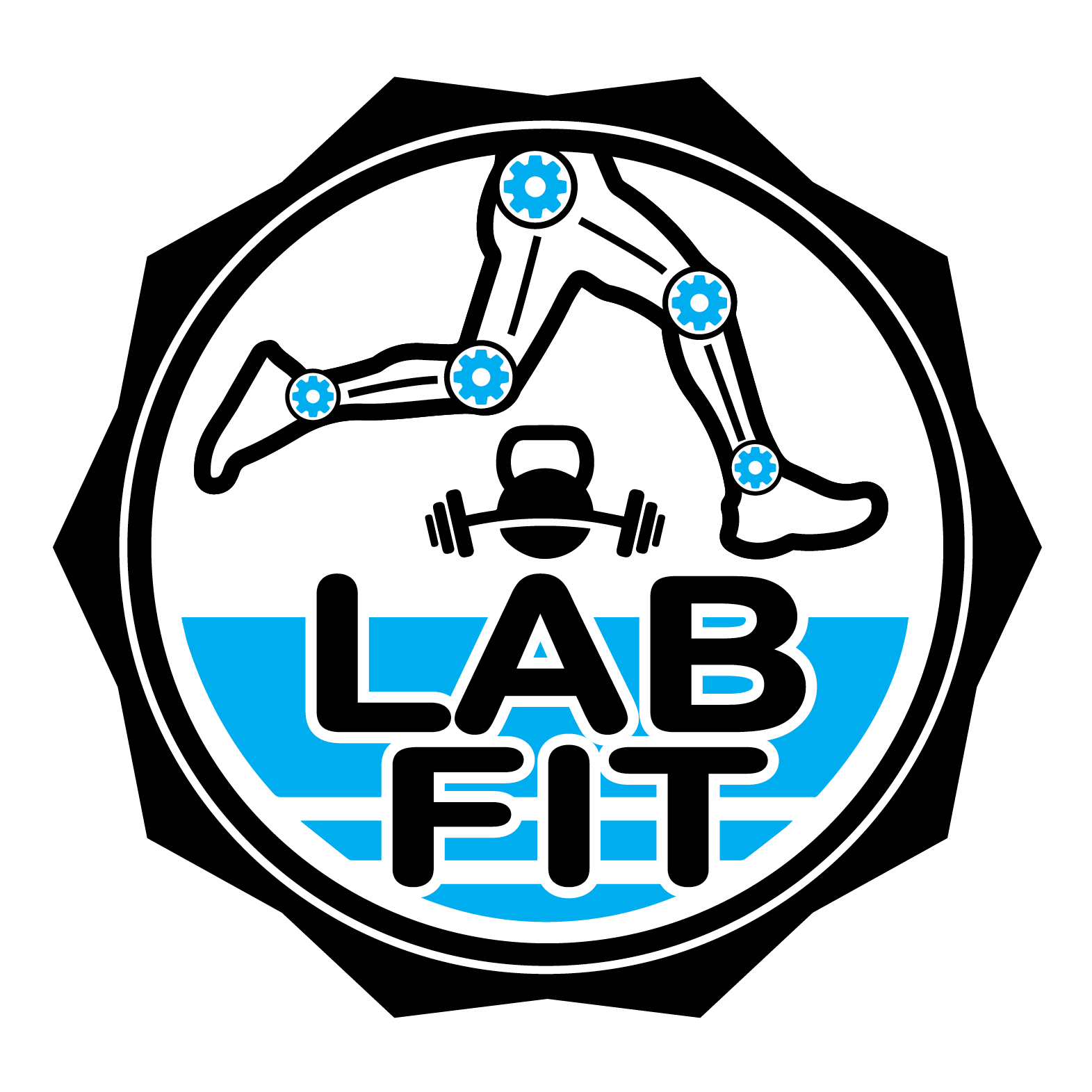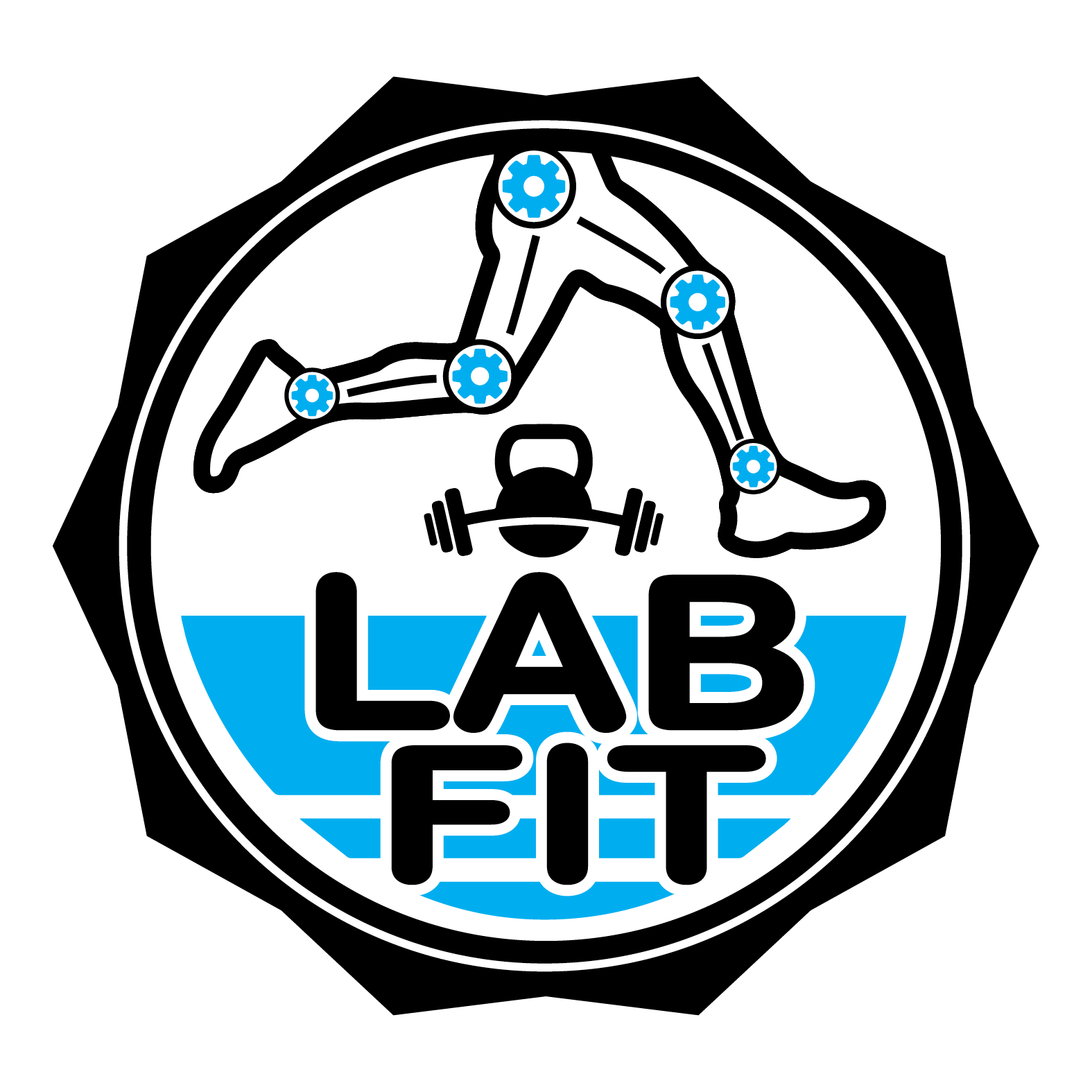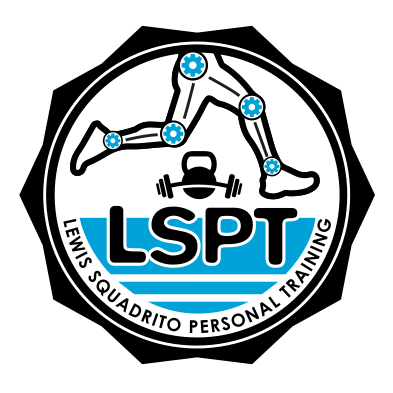Have you ever heard this before?
“If I do speed work, I get injured” “If I run too fast, I get injured” “Sprinting is bad for you”
Now consider that sprinters sprint year round. They can run at max velocity every week, of every month, of every year. Many of them uninjured.
Is it that sprinting causes injury? Is it that running fast is bad for you? Or perhaps, is it that you’re just not doing it right?
Does this sound familiar…
You’re out on a run, perhaps out on the road, maybe through the trails, or maybe even on your local athletics track. As you’re going through the motions you start developing an awareness in the back of your hip, between your glute and hamstring. It may have started quite mild. But as you continue on, the intensity grows. From awareness to discomfort, from discomfort to pain. You may have been sensible and cut the run short, but most likely you ignored the early warnings and continued on. After all, you have to get those K’s in. You have to tick the box that says “yes, you trained today”.
When you’re home you throw a few good hammy stretches at it in hope of relief. Little did you know this was the start of a long and frustrating journey. The new normal. Weeks go on, your hamstring hurts, months go on, your hamstring hurts! Eventually you say “enough is enough”. You go see a physio.
He assesses your hamstring, gives you a diagnosis. “You have high hamstring tendinosis” or perhaps he says “You are suffering from tendinitis” or simply “You have pulled your hamstring” “torn your hamstring” He then prescribes you a few exercises. Some to strengthen the hamstring, some to mobilize your hips and maybe a few core stabilizers for good measure.
You’re a good patient, you follow the plan. Dotting the i’s, crossing the t’s. At first you notice some mild improvement. You feel great, better than you have in months. You start running again, racking up the K’s, trying to make up for lost time. Then right when you’re on a roll, your routine is back on track, slowly but surely. It’s back. Not only back, but worse than ever before. Now you need to stop running all together. You see your physio once again. He prescribes another load of exercises, similar to the last but with some subtle changes. Once again you improve. Once again you start running again. And once again… It comes back, and worse than before… This is the high hamstring injury cycle.
Prevalence
High hamstring injuries are one of, if not the most prevalent and relentless injuries in the running community. Hamstring strains alone account for 12-16% of all sporting injuries across all sports and have a reinjury rate of as high as 34%.
Most hamstring injuries outside of ruptures and tears are classified as “overuse” injuries. Here lies our problem, the reason conventional rehab rarely works and why the hamstring injury cycle. It isn’t to do with bad rehab exercises, or a poor diagnosis or even a bad physio. The root of the problem is considering this injury an “overuse” injury. If we put our blinders on and solely look at this as an “overuse” injury because that what is says in the textbooks. Then you will treat it solely as an overuse issue. Deload, rest, stabilize, strengthen and return to activity. Instead of viewing this through the lens of overuse, you need to start thinking along the lines of misuse.
Your hamstring isn’t blowing up due to too much load, its blowing up due to incorrect load. You’re simply using your hamstring to do a job that it is not designed or prepared to do. This is why whenever you return to running and ramp things back up, the injury comes back. Time and time again. You never solved the misuse issue. You’re still asking your hamstring to do a job its not designed to do.
Overstriding
So if you have been in the running scene for any length of time, you would have heard the term “overstride” but has anyone ever told you what this is? Has anyone ever described why it happens? Has anyone ever explained why its bad?
Firstly lets start with a definition, overstriding is simply where the foot lands in front of a runners center of mass (COM) as appose to directly beneath their COM.

Overstride (landing Infront of COM)

Correct stride (landing under COM)
Overstriding can be due to a number of contributing factors including but not limited to the following.
1. Poor coordination and skill acquisition. Running is a skill like any other, it needs to be learned, practiced and perfected. Most runners have never been shown how to run. It is not as simple as put one foot in front of the other. Contrary to popular belief. When I ask people who taught you to swim, they would have an answer. Who taught you to ride a bike, they have an answer, Who taught you to drive, who taught you to throw a football, who taught you to shoot a basketball etc. They always have an answer. Yet when I ask, who taught you to run? Most just stare at me puzzled. No one teaches you how to run. It’s just assumed that you will figure it out. But unfortunately, most people never do. Not without help.
2. Fatigue. When we become both physically and mentally fatigued we experience a loss of coordination and accuracy. This makes us sloppy and introduces bad habits to your running. When we try to push through high levels of fatigue, sometimes our body will resort to reaching out and overstriding as a desperate way to try to fight deceleration as we start to slow down.
3. Lack of flexibility, mobility and strength. In order for us to be able to land under our COM in the first place. There is a certain level of strength, joint stability, stiffness (not tightness), flexibility and mobility required to give us the capability to coordinate our limbs at rapid speed to get the foot down under our COM. If you are lacking one or multiple of these, you will not be able to obtain correct body postures and positions through the gait cycle.
4. Incorrect coaching. As stated above, some movements are voluntary and some involuntary. Often many coaches who lack a sophisticated biomechanical and anatomical understanding will cue these things incorrectly. When we run the voluntary action is driving the foot into the ground, brining the femur back into extension and driving the pelvic forward. The involuntary action is picking the leg up and bringing it back in front of the body ready for the next stride. This should be done entirely through reflexes, not through conscious muscle contraction. Many coaches coach this backwards.
Have you ever heard these cues?
“drive your knees high” “lift your feet” “run light to run right” “speed up your cadence” “quick feet”
While very common, also very incorrect. You see from a very zoomed out perspective these might seem right. But, when we understand the physiology, physics and biomechanics of running, we know this is the exact opposite of what we want to emphasize.
When we voluntarily lift the leg and emphasize bringing it forward, we no longer emphasize putting it back down. When we don’t deliberately put the foot down, we will NOT land under our COM. Gravity will flop our foot down in front of us.
Finally, let’s look at why this is bad. When we land in front of our COM, we must use our hamstring to create leverage against the ground and pull our body forward to place our COM over our foot. Only once our COM is directly above our foot can we correctly apply force to the ground. This action of pulling our body forward is what’s causing all the extra strain and work to be done in the hammy. If you landed under your COM, this would never need to be done. Your hamstring would never have become overworked and you never would have developed any of these issues.
The Solution
So now that you understand why your hammy keeps blowing up, what do you do about it? Well that’s simple, you learn to run. This next part is going to serve as an overview and a guide for how to approach fixing this injury once and for all. It is not however step by step instructions. You are all individuals. Your treatment will need to be tailored to you. These are the overarching themes of how to get out of this injury cycle.
Phase 1: The acute phase
When your hamstring is in its acute phase it will need to heal, remodel and recover. Likely there will be a large inflammatory event occurring inside the hamstring that needs to settle before being able to address the issues. Depending on severity this could take anywhere from a day to two weeks. During this time you could use ice and anti inflammatory to help manage any accumulated inflammation (consult a doctor or physio to identify if this is needed). Once the acute phase is over and your ready to start loading the hamstring. You can continue to phase 2.
Phase 2: contractility and further remodeling
This phase will begin with isometric exercises where the hamstring produces force without changing length. This is to establish neural pathways with your hamstring and increase its ability to produce force and tension. This is the early stages of skill acquisition and coordination locally in the hamstring. Once these rudimentary exercises are pain free and stable you are ready to progress to phase 3.
Phase 3:strength under length
During this phase, the goal is to restore full range of motion to the hip and knee with full functionality of the hamstring and surrounding structures. First we want to be able to achieve full joint range, then we want to be strong through full joint range. It is important to remember, in order to achieve proper postures and positions while running. We need to have access to large ranges of motion and have coordination and accuracy through these movements.
Phase 4: Correcting mechanics
This is the missing step, the part no one does. Before you can start racking up the K’s, running fast, training hard and competing, you must correct your mechanics. You must get that foot to land under your COM. This is where the sport specific skill acquisition occurs, under the guidance of a coach. You must learn the skills of running correctly. Only then can you graduate to running further and running faster. If you skip this step, the cycle continues. You have not addressed the cause.
Phase 5: Return to running
Finally it is at this point, you may resume your training. Build up slowly, cover your bases and progress gradually. Enjoy the pain free running.


